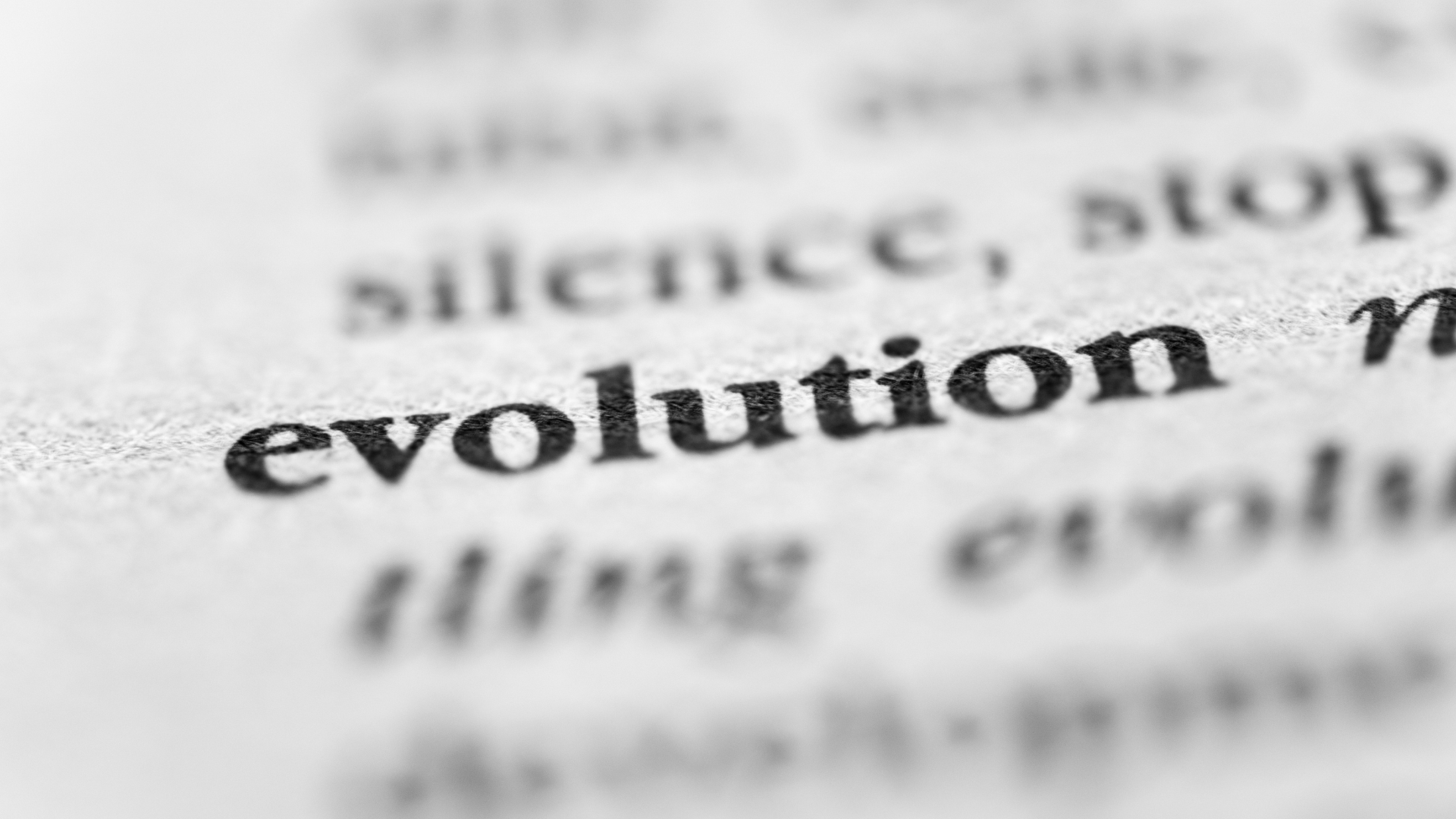Evolution of the toothbrush: from natural brushes to electric toothbrushes
Dental care has a long history and the toothbrush has evolved a lot over the years. Here is an overview of the evolution of the toothbrush.
Beginnings: natural brushes
The first toothbrushes were made from twigs, grass and lianas thousands of years ago. These natural brushes were uncomfortable and ineffective, but they marked the beginning of dental care.
Middle Ages: toothpicks and leather toothbrushes
In the Middle Ages, toothpicks and leather toothbrushes were used to clean teeth. However, these methods were still inadequate and often led to gingivitis and tooth decay.
18th Century: Bristle Brushes
In the 18th century, the first bristle brushes were made from horse or donkey hair. These brushes were softer and more effective than their predecessors, but they remained unaffordable for many people.
20th century:
Plastic toothbrushes In the 20th century, plastic toothbrushes were developed that were affordable for a broader population. These brushes had synthetic bristles and a plastic handle. They were a breakthrough in dental care as they were cheaper and easier to obtain than their predecessors.
Today: electric toothbrushes
Today we have electric toothbrushes that offer a deeper cleaning than any toothbrush before. These brushes feature rotating or vibrating bristles that remove plaque and plaque more effectively than a manual brush. Many electric toothbrushes also have additional functions such as timers, pressure sensors and different cleaning modes that enable even more thorough cleaning.
Conclusion
The toothbrush has evolved over the centuries from an uncomfortable natural brush to a high-tech device. Today we can rely on effective and comfortable toothbrushes, which clean teeth very well with various technologies.





